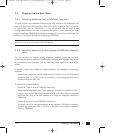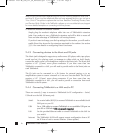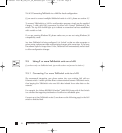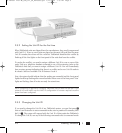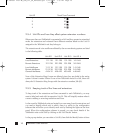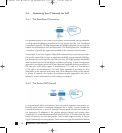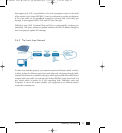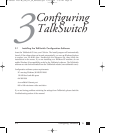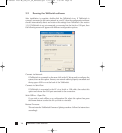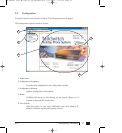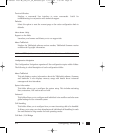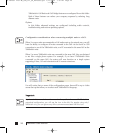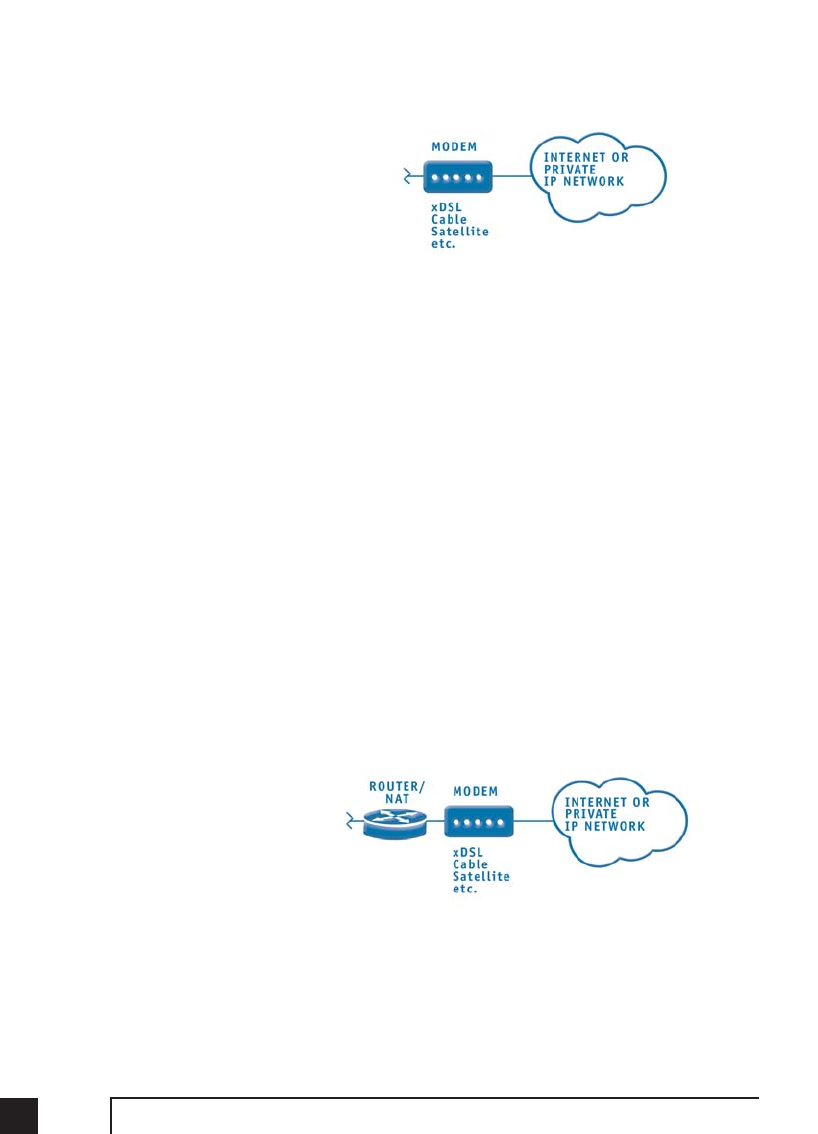
2.6 Optimizing Your IP Network for VoIP
2.6.1 The Broadband Connection
For optimum quality of VoIP calls on your system, we recommend that you subscribe
to a high-speed broadband connection from your Service Provider. ‘Lite’ broadband
connections (typically 128 Kbps downstream and 64Kbps upstream) are not typically
suitable for simultaneous voice and data traffic. The limiting factor for a broadband
connection is typically the upstream bandwidth to the Internet Service Provider.
For example, if you have a typical 1Mbps ADSL connection from your service provider,
this usually means that you have an upstream bandwidth of approximately 380 Kbps.
Just because the service provider says that you have 380 Kbps upstream bandwidth
does not mean that the full 380 Kbps is available at all times. In fact, a conservative
approach is to estimate about half of the upstream bandwidth as being available. In
this case you could safely support 2 simultaneous G.711 calls or 4 simultaneous
G.726 calls or 10 simultaneous G.729 calls. These estimates do not factor in other
data traffic on the network at the same time. With additional traffic on the Internet
or private IP network, the number of simultaneous calls supported by the link is
reduced. For more information on VoIP calling, see chapter 1.
2.6.2 The Router/NAT/Firewall
In a typical small office environment, there are several computers connected to an
Ethernet switch which is sometimes integrated into a router. A router handles the
connection between 2 or more IP networks. Routers spend all their time looking at
the destination IP addresses of the packets passing through and routing them
accordingly. In a network that shares both data and voice, it is critical that the voice
traffic has priority over the data packets. Some routers support Quality of Service
(QoS) functionality for such purposes. These routers are typically identified as devices
12 TalkSwitch User Manual
TS manual 11th ED_CVA_v11_CD_Release.qxd 7/13/2004 3:33 PM Page 12




